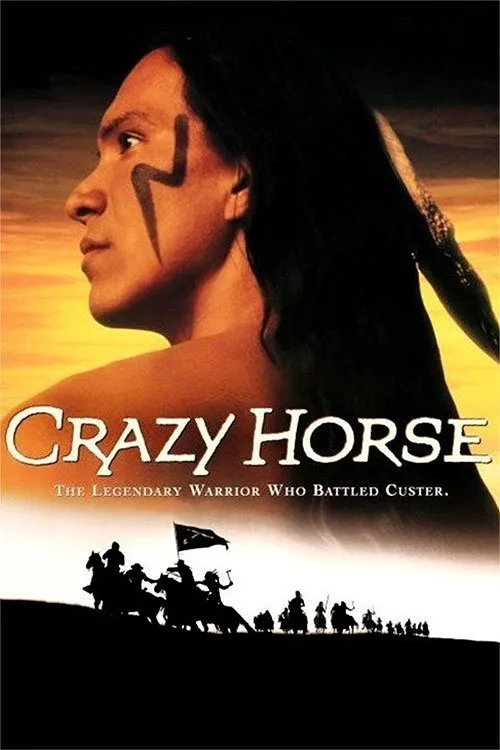Crazy Horse

Plot
In the late 19th century, the vast expanses of the American West were witnessing a gradual shift in the balance of power, with the Native American tribes facing a growing threat from European-American settlers and the United States government. Amidst this turmoil, a legendary figure emerged in the form of Crazy Horse, a skilled warrior and revered leader of the Oglala Lakota tribe. At the heart of the Oglala Lakota's struggles was the issue of land, as the government pressured Native American tribes to relocate to reservations, effectively confining them to fragmented, isolated tracts of land that had once been their ancestral domains. With the discovery of gold in the Black Hills, the government sought to acquire this lucrative resource, further exacerbating tensions between Native American tribes and settlers. Crazy Horse, born Tasunka Witko, or "His Horses are Crazy," was a force to be reckoned with. He possessed exceptional horsemanship skills, which earned him the respect and admiration of his peers. His strategic prowess in battle and his unwavering commitment to the well-being of his people made him a natural leader. As tensions between Native American tribes and the government mounted, Crazy Horse became increasingly frustrated with the efforts of leaders such as Red Cloud and Sitting Bull, who were more inclined to pursue a negotiated settlement with the government. Determined to resist the forced relocation of his people, Crazy Horse emerged as a key figure in the resistance movement. Alongside figures such as Spotted Tail and Touch the Clouds, Crazy Horse played a pivotal role in the Powder River War, fighting against the United States Army's attempts to drive the tribes from the region. However, the stakes were becoming increasingly dire. In 1876, as the United States Army under the command of Lt. Col. George Custer launched a devastating attack on the Sioux and Cheyenne encampment in the Battle of Little Bighorn, Crazy Horse was present, leading the war effort. Although the battle was a temporary, though glorious, defeat for the Native American tribes, it ultimately served as a wake-up call for the Oglala Lakota leaders. It became clear that their continued resistance would be met with increasingly brutal force. Despite the odds against him, Crazy Horse remained committed to his vision of preserving his people's way of life. In the aftermath of the Battle of Little Bighorn, he turned his attention to leading a group of his warriors to safety, as they attempted to avoid the encircling United States Army. Meanwhile, his leadership had not gone unnoticed by the government. General Nelson Miles, determined to crush the resistance movement once and for all, began a relentless pursuit of Crazy Horse. The Native American leader's legend had spread far and wide, and he had become a symbol of resistance for many of his people, as well as a figure of dread for his enemies. With the situation growing increasingly perilous, Crazy Horse made the fateful decision to seek shelter with Red Cloud, the leader of the Oglala Lakota's traditional rivals, who was then living on the Red Cloud Agency reservation. However, this proved to be a mistake. Upon arrival, Crazy Horse was arrested and, without a trial, turned over to the United States military. In the midst of an atmosphere rife with suspicion and tension, it seemed the end for the legendary leader was near. The exact circumstances surrounding Crazy Horse's death remain shrouded in mystery. However, it is believed that on September 5, 1877, he was stabbed in the back and neck by Private Bloody Knife, a Hidatsa Indian who was working with the military. Crazy Horse was then beaten by the soldiers, which contributed to his eventual demise. The demise of Crazy Horse effectively marked the end of the resistance movement, and the United States government's authority over the Native American tribes became unchallenged. The once-revered leader was remembered by his people with a mix of reverence and sadness. Despite the loss, the legend of Crazy Horse endured, a beacon of hope for generations to come. Crazy Horse's remarkable story serves as a testament to the struggles and sacrifices faced by indigenous peoples during the tumultuous era of the late 19th century. This epic saga of courage, perseverance, and ultimately, defeat, stands as a powerful reminder of the complexities and challenges of cross-cultural relations and the devastating effects of colonialism and cultural suppression on Native American tribes.
Reviews
Recommendations




